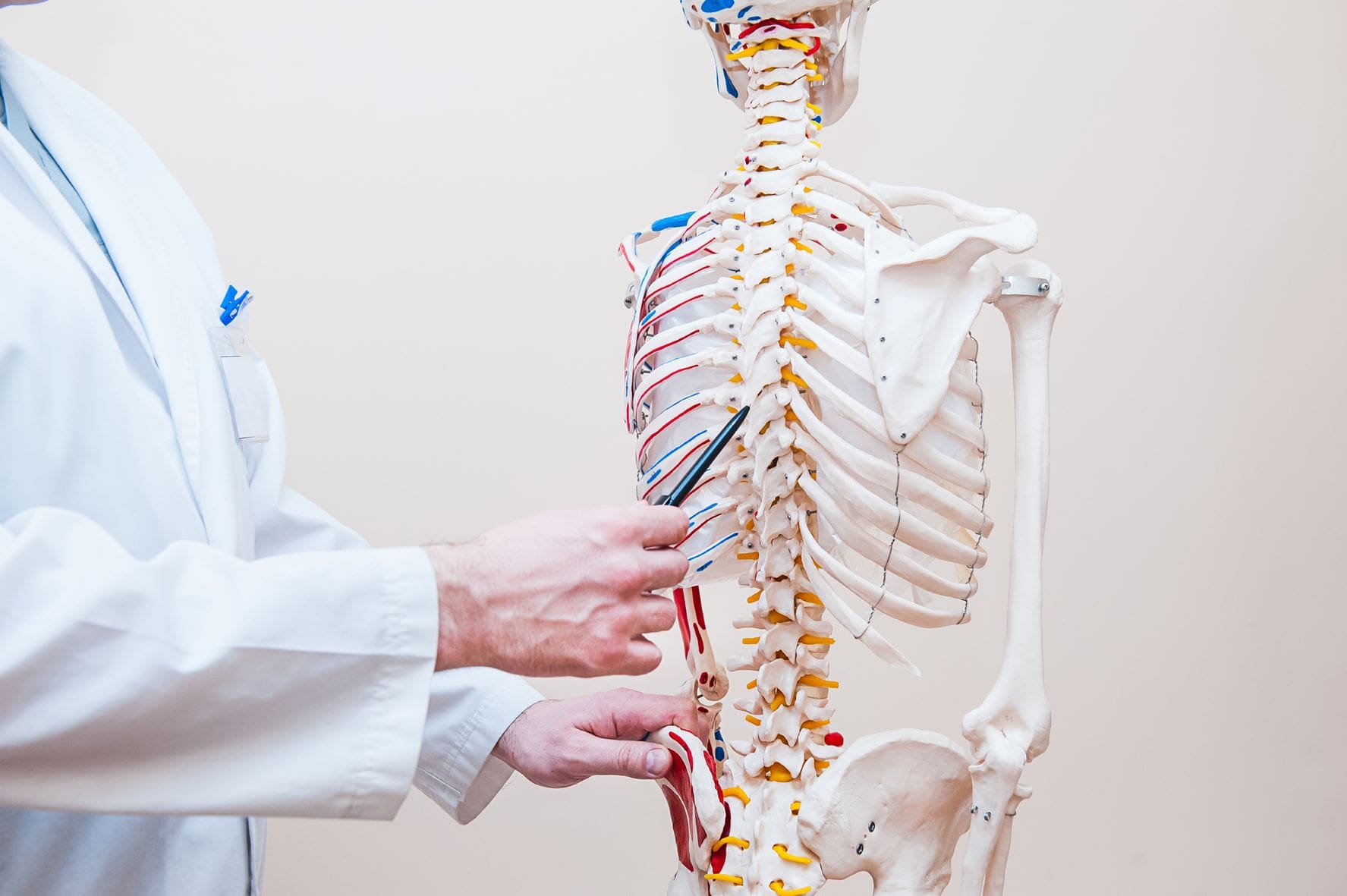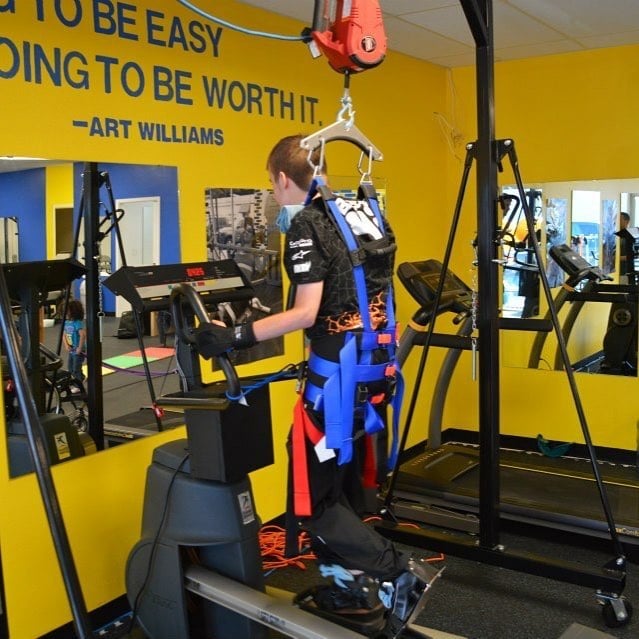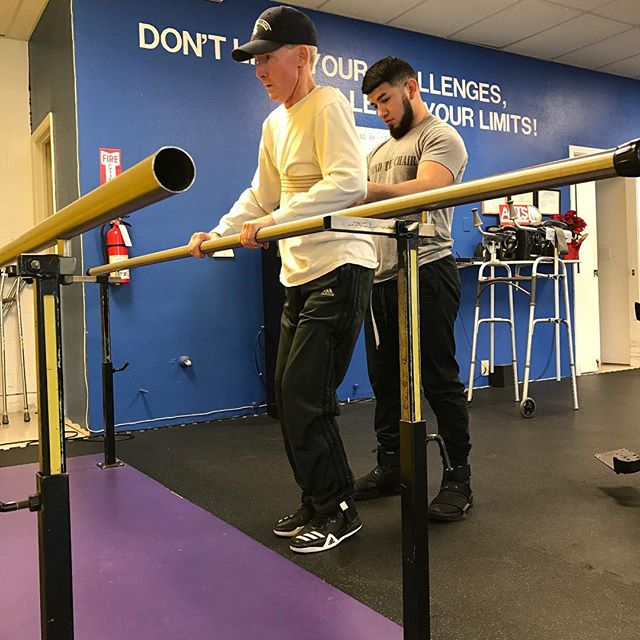Rehab Needs of L-Level Paraplegics

There are all types of functionality after a spinal cord injury, but one of the more interesting injuries are people with L-level paraplegia, as injuries in this area can vary widely and can even be caused by a spinal contusion. Located near the bottom of the spinal column, this spinal cord segment is called the “L-Level” which refers to Lumbar. Injuries in this area are all about the legs.
In the L-level of the spinal column, there are five vertebrae. The L1 vertebrae in men control both abdominal muscles and the ability to ejaculate, however, in females, the L1 vertebrae only control abdominal muscles. The L2 vertebrae meanwhile protect the segment of the spinal cord that controls the hip muscles, and the L3 vertebrae protect the part of the spinal cord that controls the quadriceps. The L4 and the L5 vertebrae protect the ability to move the hamstrings and the knees, as well as the foot. The L5 vertebrae also control the ability to extend and flex the toes.
Injuries in the lumbar area are considered as not as severe because the patient is more likely to live an independent life, however since the leg muscles are affected by this level of injury, many people still struggle, notably with the ability to walk. Many people do regain the ability to walk with an upper-level L-level injury by utilizing upper body strength and devices like leg braces or a walker.

Since the L1 spinal cord controls much of the lower abdomen area, it is the first important focus on advanced transfers, including floor to wheelchair transfers, as this will be possible with people with this level of injury. With enough core strength, people with L-Level injuries can improve their trunk stability and balance and regain the ability to walk with leg braces or a walker.
Physical therapists working with people with a high L-level injury will specifically focus on therapeutic walking using long leg braces and crutches. With proper training and strengthening of the core muscles and hip muscles, people with an L-Level injury can walk but in varying abilities. Braces that keep the ankles and feet stable is key. Those with L1 and L2 injuries will need leg braces to walk safely.
For those with an L3 level injury, since the quadriceps are affected by this injury, upper leg strengthening is key to improving balance while standing, which can help people walk for longer periods. Leg presses are a great consistent way to build strength in the quadriceps. Those with L4 level injuries will need to focus on strengthening their knee area and hamstrings. A variety of leg strengthening exercises are recommended by physical therapists. Each person is different, as their injury may make their balance better or worse. Note: Some leg strengthening exercises are best done while seated.

And lastly, for those with L5 level injuries, this level of injury focuses on increasing leg length strength and mobility. It is critical people with this injury increase how much they use their legs, as it will make it easier to move them and transition back to walking full-time, or near it. It is common for people to utilize varying degrees of outside support as well, but many with an L5 level injury can walk without a walker. Braces to keep the ankle supported may be needed indefinitely.
Every spinal cord injury has the power to change a person’s life, even with L-level injuries. To each person who goes through such an injury, losing any amount of mobility and sensation permanently is a very big deal. We hope you regain as much mobility as possible, and we hope that involves getting on your feet.
Stay Updated on Advancements On Traumatic Brain &
Spinal Cord Injuries
About the Author




